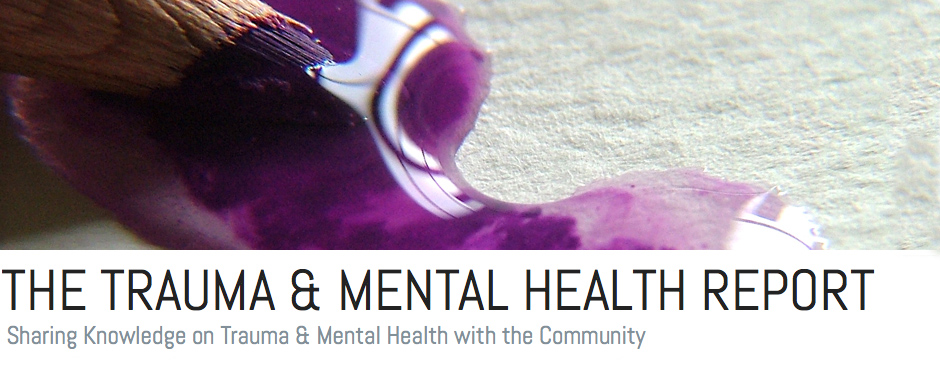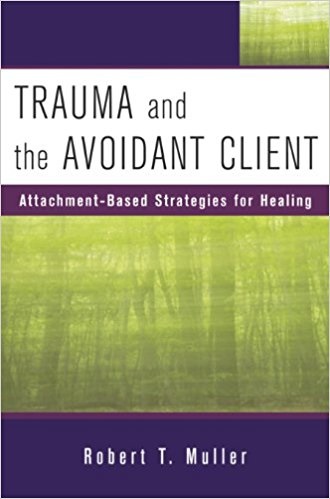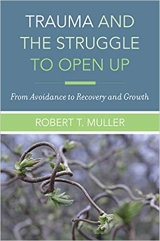
Successful Eating Disorder Treatment Still a Challenge for Many
Family-Based Treatment is often viewed as the gold standard in the treatment of eating disorders. This evidence-based treatment has a 40-50% success rate. But it’s not the best choice for everyone.
James Downs, a UK-based mental health activist, researcher, and writer with lived experience of eating disorders shares, “Rather than looking at what’s wrong with the treatment model, the blame gets placed on the patient—like saying the piano is broken instead of admitting the pianist wasn’t given the right training.” He notes that clinicians are often overstretched and underfunded. They don’t have the resources and training to offer quality, individualized care.
Downs argues that standardized treatments often fail to account for vast individual differences among those with eating disorders. While treatment approaches are evidence-based, the studies are unrepresentative of the diversity of those who need help. Downs points out, “Only 1-2% of adults with eating disorders are accessing specialist treatment.” A 2024 study also revealed that 95% of people with an eating disorder have additional comorbid conditions that traditional treatment models overlook.

For decades, anorexia nervosa treatment focused on weight restoration, medical stabilization, and behavioural change. For those chronically dealing with eating disorders, the conventional model can be a revolving door of hospitalization and frustration.
However, there are alternatives.
While this approach sounds compelling and has the potential to be helpful, it requires careful timing and intentionality. It must be balanced against the risks and physiological and psychosocial harms associated with maintaining an extremely low body mass index. Long-term malnutrition causes damage to the metabolism, organs, bone density, and cardiovascular system, putting patients at risk of sudden declines. If harm reduction is used in a way that normalizes malnutrition, it can cause more harm than good.
Furthermore, often the individual’s identity and belief systems are intertwined with their illness, so the cognitive impairments caused by severe malnutrition cannot be ignored. Research has consistently shown that prolonged starvation negatively impacts cognitive processes like executive function, decision-making, and insight.
Downs favours a “both-and approach,” likening this to going to the dentist, where one receives both hygiene maintenance and necessary restorative work to support optimal oral health and function. Instead of viewing harm reduction as the only alternative to recovery, it’s useful to conceptualize it as part of the recovery process.

Anorexia nervosa remains among the most fatal psychiatric conditions. Treatment models have struggled to offer meaningful alternatives for those labelled treatment resistant. When applied responsibly, harm reduction approaches can be an effective tool, offering individuals a way to become more positively invested in their recovery.
Downs advises that care pathways should be collaboratively made with those who require them. In doing so, harm reduction can make recovery more attainable. Better resources, funding, training, research, lived experience perspectives, and a firm commitment to the possibility of recovery for all are necessary to align care services with growing global treatment needs.
-Ruby Kagan, Contributing Writer
Image Credits:
Feature: Photo by Freepik on Freepik, Creative Commons
Body Image 1: Photo by Freepik on Freepik, Creative Commons
Body Image 2: Photo by Freepik on Freepik, Creative Commons



